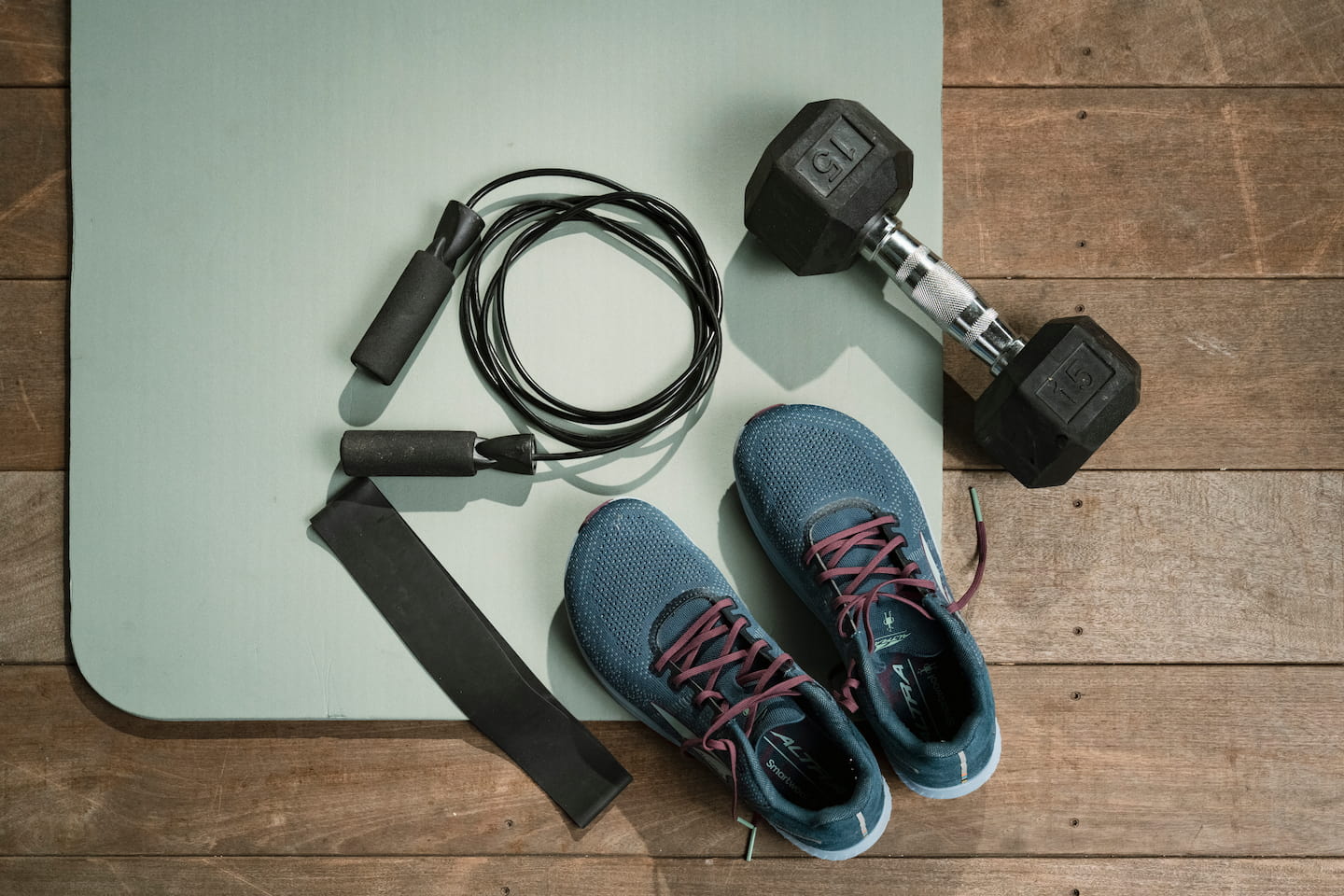
Muscle mass is important for health and longevity. And if you haven’t jumped on the muscle train yet, I’d love to take this opportunity to give you a little motivation boost.
I hope April has been good to you! Spring is my second favorite season (after fall), and I am relishing every minute of it. I wanted to take a minute and talk to you about the importance of building and maintaining muscle for health and longevity. Below are some key points on the topic and below that is a deeper dive into a few of those points with some personal anecdotes. Happy reading and happy spring!
If you ever read health and wellness related content, you’ve, no doubt, read about the importance of muscle mass to health and longevity. And if you haven’t jumped on the muscle train yet, I’d love to take this opportunity to give you a little motivation boost.
It wasn’t all that long ago that the go-to fitness advice centered almost entirely around cardio. I was fully on board with that approach - step classes and classic aerobics in the '90s, boot camp workouts in the 2000s, and HIIT and OrangeTheory sessions throughout the 2010s. I’ve always relished that endorphin high from a tough set of burpees, jump squats, or mountain climbers. Maybe your version of that high comes from running on a treadmill, a brisk outdoor walk, or a sweaty spin class. All of these are fantastic and absolutely have a place in a well-rounded fitness routine.
But that’s just it, they’re part of the picture. While cardio and movement-based exercises are great for heart health, stress relief, and endurance, there's another essential piece that often gets overlooked: strength training. Incorporating strength training into your routine isn’t just about building muscle, it’s about supporting your body long-term. Together with cardio, it forms a more complete, sustainable approach to health and wellness.
Now, I want to be completely transparent with you - while I’ve been a gym rat most of my life, I’ve done very little targeted strength training. I’ve always been more of a “class girl” as you can see from the above list of workouts I’ve done over the years. I love group fitness! So the idea of going into the weight room and training by myself never appealed to me. However, I recently started a challenge at my gym that requires three days a week of strength training. And I love it. I feel so strong and empowered and you might say “in the driver’s seat” of my fitness journey.
I want to highlight two of the biggest reasons to make strength training a regular part of your routine: first, it helps keep your metabolism strong, and second, it supports your ability to move with ease and stay independent as you get older, essentially extending your healthspan.
Let’s start with metabolism. Building muscle plays a powerful role in both losing weight and keeping it off long-term. Unlike fat, muscle is metabolically active tissue, which means it burns calories even when you're at rest. The more muscle you have, the more calories your body uses throughout the day, even while you’re sitting, sleeping, or doing nothing at all.
Strength training also helps preserve lean muscle during weight loss. When people lose weight through diet alone, they often lose a mix of fat and muscle, which can slow down metabolism and make it harder to keep the weight off. By incorporating resistance training into your routine, you help your body hold onto that muscle, ensuring most of the weight you lose comes from fat instead. This not only leads to better results in the short term, but also supports a more sustainable, healthy body composition over time.
I lost a significant amount of weight about 15 years ago. At the time, I wasn’t thinking about muscle. In fact, I didn’t even know the importance of maintaining muscle during weight loss. I was absolutely focused on cardio and “burning” those calories. Looking back, I realize I would have done things very differently if I’d known then what I know now. Live and learn, right?!
Moving on to increased healthspan, do you have a parent or grandparent who’s taken a spill and hurt themselves in a way that seems disproportionate to the fall? Or they fall and can’t get up. This is where we’re going. It’s easy to overlook the importance of muscle in our younger and middle-aged years. In our 30s, 40s, and even 50s, many people can lead fairly inactive lifestyles and still feel capable - lifting groceries, climbing stairs, or playing with their kids without much trouble. That’s because the early signs of muscle loss are subtle and gradual. Our bodies are still able to compensate for the decline, so the impact isn’t immediately obvious. But just because we don’t feel it doesn’t mean it’s not happening.
Starting around age 30, we naturally begin to lose muscle if we’re not actively working to maintain it. Over time, this loss quietly builds, and by the time we reach our 70s or 80s, the effects become much harder to ignore. Tasks that once felt simple, like getting up from a chair, carrying groceries, or catching your balance, can become difficult or even dangerous. Muscle loss contributes significantly to falls, fractures, and a general loss of independence in older age.
The key takeaway is this: muscle loss isn't just an inevitable part of aging, It's largely preventable. Strength training and consistent movement now are investments in your future mobility, strength, and quality of life. While you might not feel the urgency when you're younger, taking action early can mean the difference between living actively and independently in your later years or struggling with limitations that could have been avoided.